Roseola is an infection that typically affects babies and toddlers It causes a high fever that lasts for 3–5 days, then a rash for a day or two There is no specific treatment or vaccineLa roséola es una enfermedad viral que afecta mayoritariamente a los niños pequeños de entre 6 meses y dos años de edad También se conoce como la sexta enfermedad, exantema súbito o roseola infantum Se suele asociar a varios días de fiebre alta, seguidos de una erupción característica que aparece justo cuando remite la fiebreIf your child recently had a fever and now has a spotty, raised or flat, rosypink rash, it could be roseola, also called roseola infantum or sixth disease Roseola is a fairly mild and common viral illness that usually affects children between 3 months and 4 years of age

76 Roseola Stock Photos Pictures Royalty Free Images Istock
Roseola bebe 7 meses
Roseola bebe 7 meses-Roseola (roezeeOHlah) is a viral illness that most commonly affects young kids between 6 months and 2 years old It's also known as sixth disease, exanthem subitum, and roseola infantum It is usually marked by several days of high fever, followed byRoseola is caused by a virus, called human herpes virus type 6 (HHV6) The telltale signs of roseola are a sudden, brief fever, followed by a rash, just when your baby seems to be better Roseola is most common in babies aged between nine months and two yearsIt is passed on through saliva, so your baby can catch it from being kissed and from putting things in his mouth




Roseola Infantil Senales Sintomas Y Tratamientos Pampers
Roseola Rash is a medical condition characterized by viral illness in very young children The disease mainly affects kids who are aged between 6 months and 2 years The viral illness gives rise to high fever in patients that lasts for several days Rashes appear over the skin as soon as the fever starts to subside Roseola is a mild viral infection caused by human herpesvirus 6 (HHV6) or human herpesvirus 7 (HHV7) It's most common in kids under the age of one and causes a pinkishred rash and high fever Most kids get roseola before they turn twoRoseola is a disease caused by the human herpes virus type 6B (HHV6B) and possibly type 7 (HHV7) These herpes viruses have only been identified in recent years, and we are still learning about the full range of diseases caused by them Roseola is characterised by high fever lasting for 3–5 days, runny nose, irritability and tiredness
Especially roseola infantumSíntomas de Roseola La mayoría de los niños tienen roséola en algún momento entre los 6 meses y los 3 años de edad Sarpullido Manchas pequeñas, planas y rosadas en el pecho y estómago El sarpullido es el mismo en ambos lados del cuerpo Luego es posible que seCalifornia Childcare Health Program • UCSF School of Nursing • wwwucsfchildcarehealthorg Lo que los proveedores de cuidado infantil deberían saber
Roseola, also known as sixth disease, is an infectious disease caused by certain types of human herpes viruses Most infections occur before the age of three Symptoms vary from absent to the classic presentation of a fever of rapid onset followed by a rash The fever generally lasts for three to five days, while the rash is generally pink and roseola roseola (roseola infantum, exanthem subitum) (rohzeeŏlă) n a condition of young children in which a fever lasting for three or four days is followed by a rosecoloured rash that fades after two days It is caused by human herpesvirus 6 Pick a style below, and copy the text for your bibliographyQue hacer si tengo un hijo con roseola!




76 Roseola Stock Photos Pictures Royalty Free Images Istock
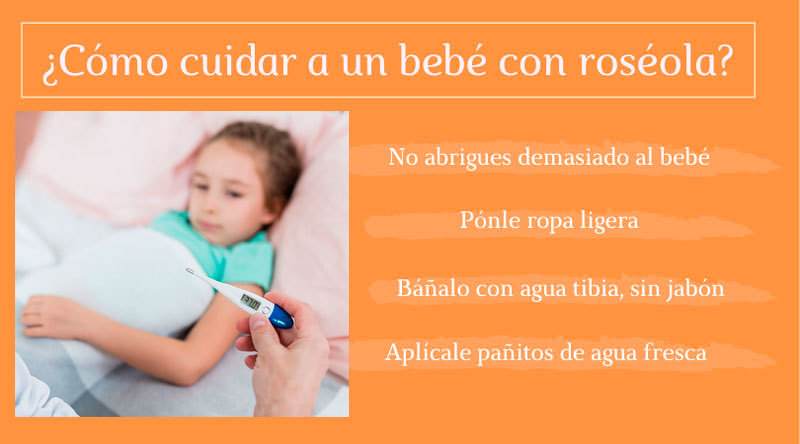



Roseola Infantil En Bebes Causas Sintomas Y Tratamiento Mega Baby Consejos Y Articulos Para Bebes
Roseola infantum, cunoscuta si sub denumirea de boala a sasea sau exantemul subit, este o boala virala care apare la copiii mici, cu varsta cuprinsa intre 6 luni2 ani, fiind caracterizata prin cateva zile de febra mare (3940 grade Celsius), urmata de o eruptie distinctiva, care apare dupa scaderea febreiHola mamitas Estoy preocupada por que mi bebé ha tenido episodios de fiebre desde el lunes y se le ha bajado mucho el apetito La pediatra dice que es probable que sea Roséola pero no se ha brotado aún Alguno de sus bebés ya pasó por esto? Roseola Infantum Su bebé de diez meses no se ve ni actúa como si estuviera enfermo, pero repentinamente desarrolla una fiebre entre 102 grados Fahrenheit (3 grados Celsius) y 105 grados Fahrenheit (405 grados Celsius) La fiebre dura de tres a siete días, durante el cual su hijo tiene menos apetito, una diarrea leve, un poco de tos y




Roseola O Exantema Subito Que Es Y Causas Bebes Y Ninos




Roseola Medlineplus Enciclopedia Medica Illustracion
When Your Child Has Roseola Roseola is a common viral infection in children It is also known as sixth disease Roseola is not a major health problem It goes away on its own without treatment But you can help your child feel better What causes roseola?Roseola is a viral infection caused by two common strains of the human herpes virus Older infants between 6 and 15 months are at the greatest risk of contracting roseola because they have not yet built up antibodies that help fight viruses, but it can commonly affect children up to age 2 Roséola Es una infección viral que comúnmente afecta a bebés y niños pequeños Implica fiebre alta y una erupción cutánea entre rosácea y roja




Roseola Asustada Club De Bebes Julio 17 Babycenter




Kidshealth Library Fever And Sore Throat Pediatric Nursing Sick Baby
Roseola is a common viral infection Roseola is also termed sixth disease, roseola infantum, and exanthema subitum A sudden high fever that lasts for three to five days is an early feature of roseola Mild nasal congestion and loose stools may accompany the fever When the fever disappears, a rash appears, which may last one to two days The most common symptoms of roseola are a sudden, high fever followed by a skin rash A fever is considered high if your child's temperature isLa roséola es una enfermedad infantil contagiosa causada por un virus Los síntomas incluyen fiebre elevada, erupción, dolor de garganta, inflamación de las glándulas del cuello, disminución del apetito y diarrea leve La roséola dura alrededor de una semana Es más común en los bebés y niños menores de 2 años
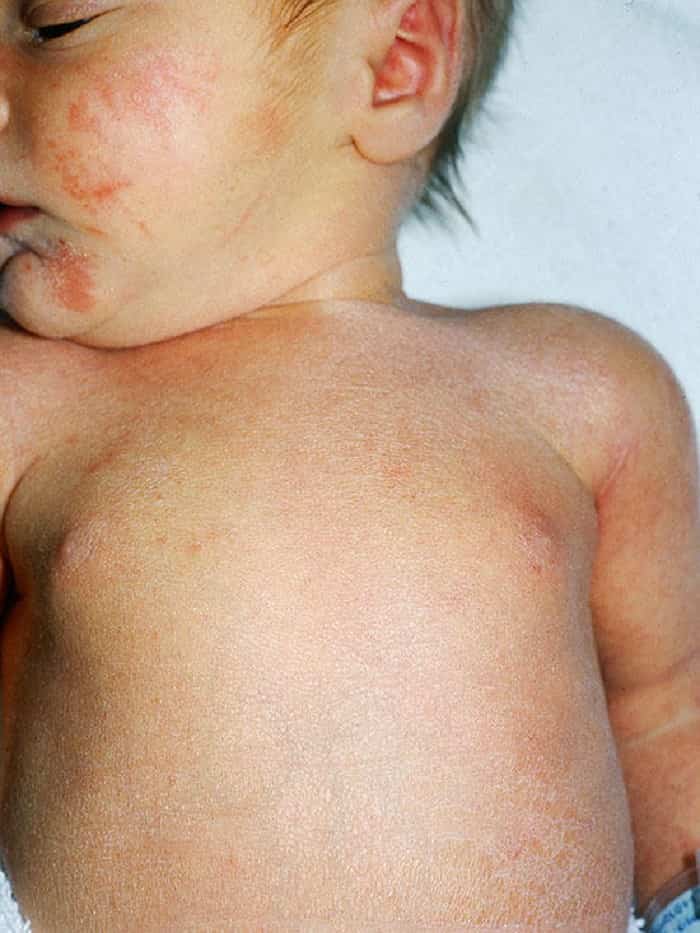



Enfermedad Roseola En Bebes Significado Sintomatologia Y Curacion




Enfermedad Roseola En Bebes Significado Sintomatologia Y Curacion
Roseola infantum, also known as exanthem subitum and sixth disease, is a common viral infection that begins with a sudden high fever (101°F to 105°F) that usually lasts for 25 days and ends with the appearance of a rosecolored rash on the neck, trunk, buttocks, extremities, and sometimes the faceSi tu bebé tuvo recientemente fiebre y ahora presenta una erupción con manchas rosáceas, planas o abultadas, podría tratarse de roséola infantil, también llamada exantema súbito o sexta enfermedad La roséola es una enfermedad viral común bastante leve, que generalmente se manifiesta en los niños de entre 3 meses y 4 años de edadRoseola definition is a rosecolored eruption in spots or a disease marked by such an eruption;




Roseola Babycentre Uk
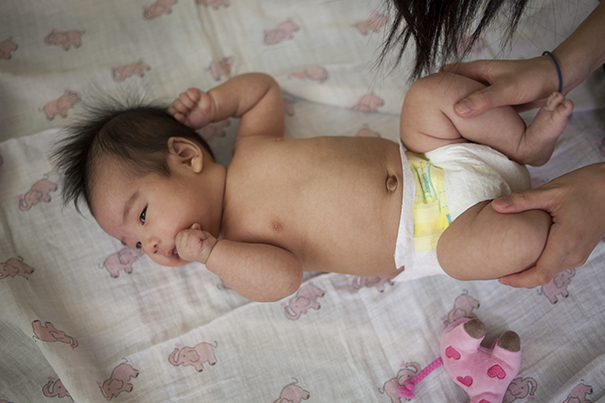



Roseola Infantil Senales Sintomas Y Tratamientos Pampers
A Roseola is a highly contagious viral infection that's most common in children 6 months to 2 years It usually starts with a high fever (103 toRoséola del bebé Definición Volver al comienzo La roséola es una enfermedad aguda común en los bebés y en los niños pequeños que se caracteriza por fiebre alta y erupción cutánea Causas, incidencia y factores de riesgo Volver al comienzo Esta enfermedad es común en los niños desde los 3 meses hasta los 4 años de edad y se da con mayor frecuenciaRoseola is a common and generally mild viral infection that typically affects babies and toddlers It's sometimes called sixth disease, exanthem subitum, or roseola infantum, and it's usually not something you need to worry too much about because it




La Roseola Que Es



1
Could it be roseola?Roseola (roseola infantum) este o infectie virala care afecteaza copiii mici In general este inofensiva si este mai frecventa la copiii cu varsta cuprinsa intre 6 luni (roseola bebe) si 2 ani Este rar intalnita la cei mici dupa varsta de 4 aniRoseola Roseola is a very common infection that mainly affects babies and toddlers It usually causes a high temperature and a rash You can normally look after your child at home and they should recover within a week




Roseola O Exantema Subito Que Es Y Causas Bebes Y Ninos




Que Es La Roseola Infantil Tu Bebe Tiene Manchitas Puede Ser Roseola Y Es Comun Youtube
La roséola, o sexta enfermedad como también se la conoce, es una enfermedad altamente infecciosa que afecta a muchos bebés en algún momento u otro Se sabe que esta enfermedad también afecta a los adultos, aunque el número de casos reportados es menor Es común en los bebés y generalmente es leve y fácil de tratarLa roséola es una enfermedad viral que afecta mayoritariamente a los niños pequeños de entre 6 meses y dos años de edad También se conoce como la sexta enfermedad, exantema súbito o roseola infantum Se suele asociar a varios días de fiebre alta, seguidos de una erupción característica que aparece justo cuando remite la fiebreEla começa com uma febre bem alta, sem explicação, e atinge principalmente crianças entre 3 meses e 4 anos, predominando nas menores de 2 anos A roséola é causada por um vírus, o vírus do herpes humano tipo 6 (HVH6) e 7 (HVH7), e é transmitida pela saliva (pense em todos aqueles brinquedos que são mordidos por todas as crianças da




When Your Child Has Roseola Photos Babycenter Canada
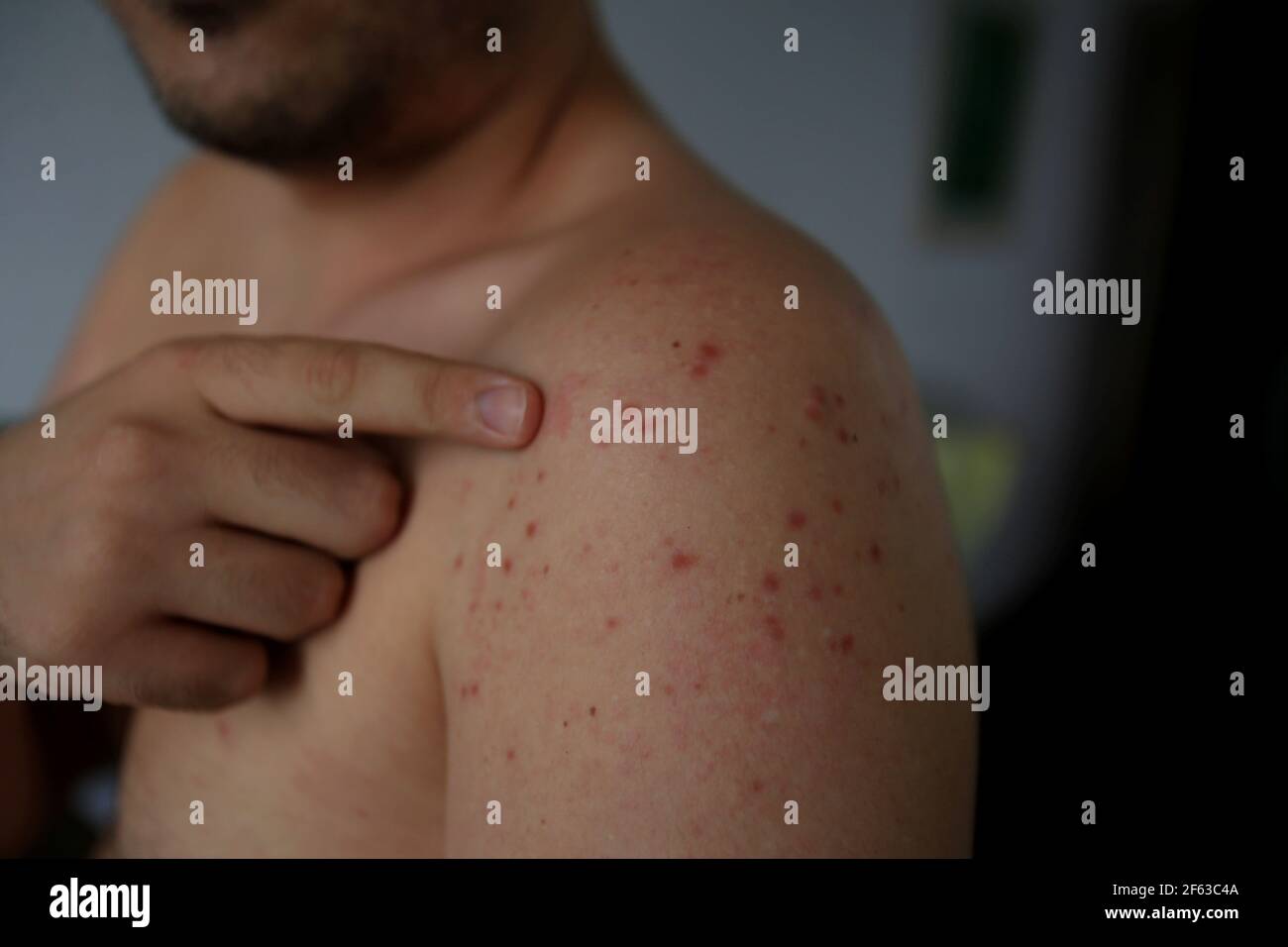



Roseola Virus Fotos E Imagenes De Stock Alamy
La roseóla es una enfermedad viral que afecta más comúnmente a niños pequeños entre los 6 meses y los 2 años de edad Por lo general, está marcada por varios días de fiebre alta, seguidos de una erupción justo cuando se declara la fiebre En este artículo, descubriremos cómo la roseóla afecta a los niños Toma notaO vídeo de hoje foi sugestão da querida Paloma Chaves Ela pediu para eu explicar um pouco sobre um problema bem comum entre bebês e crianças pequenas a rosA child may not have any symptoms for 515 days after getting the virus that causes roseola When symptoms do appear, the first thing you'll notice is a sudden, high fever (over 103 F) that lasts




Roseola Infantil Senales Sintomas Y Tratamientos Pampers




Roseola Exantema Subito Sintomas E Tratamento Md Saude
La roséola es una enfermedad infantil que causa fiebre elevada, erupción, dolor de garganta, inflamación de las glándulas del cuello, disminución del apetito y diarrea leveRoseola may also cause a fever without the rash Children with roseola recover fully, usually within a week Roseola is a member of the herpes family Roseola is caused by one of the viruses in the herpes group, but this virus can't cause other herpes infections, such as cold soresRoseola infantum este o boala virala contagioasa, frecventa la copiii sub 2 ani Pot sa treaca 515 zile pana la aparitia primelor simptome Boala provoaca febra inalta care apare si dispare brusc;temperatura poate ajunge la 405°C Pe masura ce febra dispare o eruptia cutanata roz – bubite roz plate sau in relief




Sexta Enfermedad Exantema Subito Bebe Babysitio




Cuales Son Las Complicaciones De La Roseola Y Como Prevenirla Mejor Con Salud
Roseola in Baby Child roseola is a virus which usually infects small children mostly under 2 years old Another common name for this roseola is sudden exanthema It is also known as child rash, sixth roseola, or pseudorubellaThe convulsions previously thought to be the result of the associated fever of roseola infantum are probably caused by direct infection of the meninges with the HHV6 Convulsões que antes achavase ser resultado da febre associada ou roséola infantum, são provavelmente causadas por infeção direta das meninges com HHV6Significado, sintomatologí se recupere pronto y no deje secuelas de ningún tipo Si quieres estás buscando un poco de información, echa un vistazo a este artículo para saber qué es y cómo tratarla



Baby Boom Png Images Pngwing




Roseola Youtube
Roseola Roseola infantum, or sixth disease, causes a high fever, cold symptoms and sometimes a rash on the stomach The human herpesvirus (HHV) type 6 causes this contagious illness that mostly affects infants and toddlers Adults are often immune after having the illness during childhood The virus goes away in about a week without treatmentRoseola is caused by a viral infection in the human herpes virus familyRoseola is a contagious viral illness It causes a high fever and then a rash that develops as the fever goes away It most commonly affects children under 2 years of age It may take 5 to 15 days for a child to have symptoms of roseola after being exposed to the virus



Q Tbn And9gcqlcqdzny7tutxvuz1juc46ndmsv3gvfsch2a Vsuk0c O9udu4 Usqp Cau
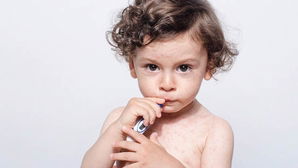



Infant Roseola What Is It Symptoms And Treatment Options Tua Saude
Roseola infantum Roseola infantum is a common, mild, viral infection that can cause a temperature and rash in babies and young children It is caused by a virus from the herpes group, but it does not cause other herpes infections like cold sores In the past, roseola




Dra Carla Orsini Pediatra S E X T A Enfermedad Dra Carla Orsini Medica Pediatra Tambien Llamada Exantema Subito O Roseola Infantil Enfermedad Viral Eruptiva Afecta Ninos Menores




Outbreak Of Roseola In Babies Increased During Pandemic Study Finds Olhar Digital




Roseola Exantema Subito Sintomas E Tratamento Md Saude
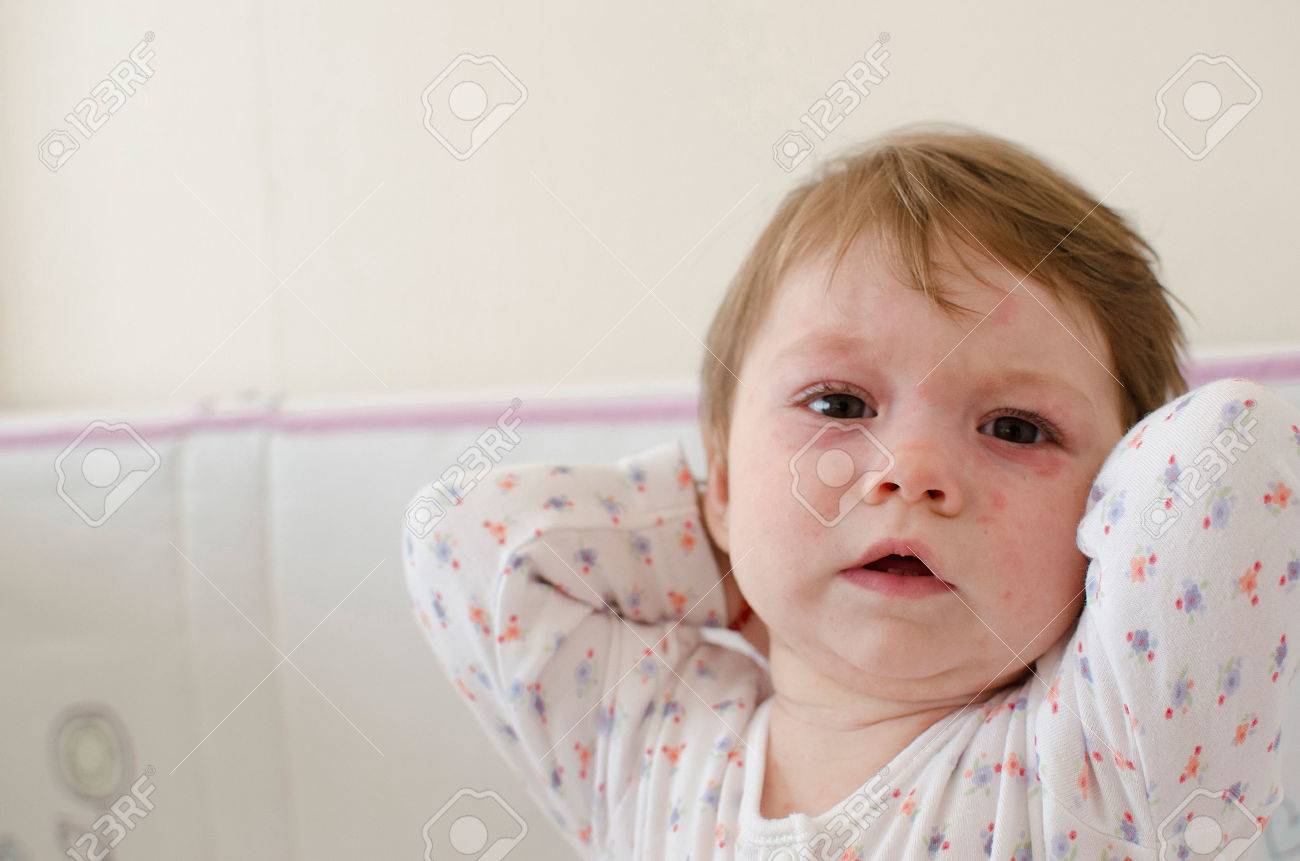



Baby Girl Body Covered With Roseola Skin Rash Sixth Disease Stock Photo Picture And Royalty Free Image Image




What Is Roseola




Roseola Infantil Saiba Mais Sobre Ela No Nosso Blog




Roseola Tudo Sobre A Doenca Revista Crescer Saude
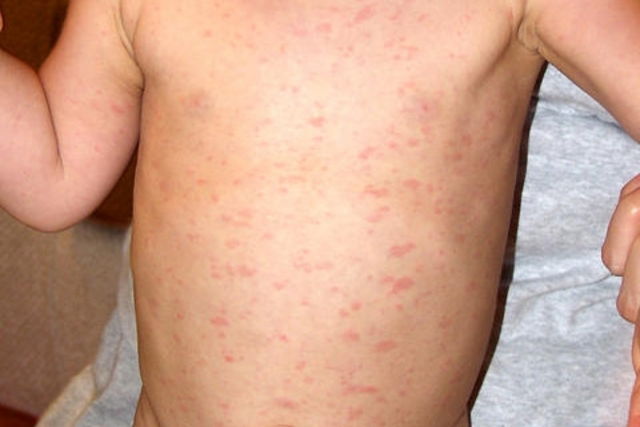



Infant Roseola What Is It Symptoms And Treatment Options Tua Saude
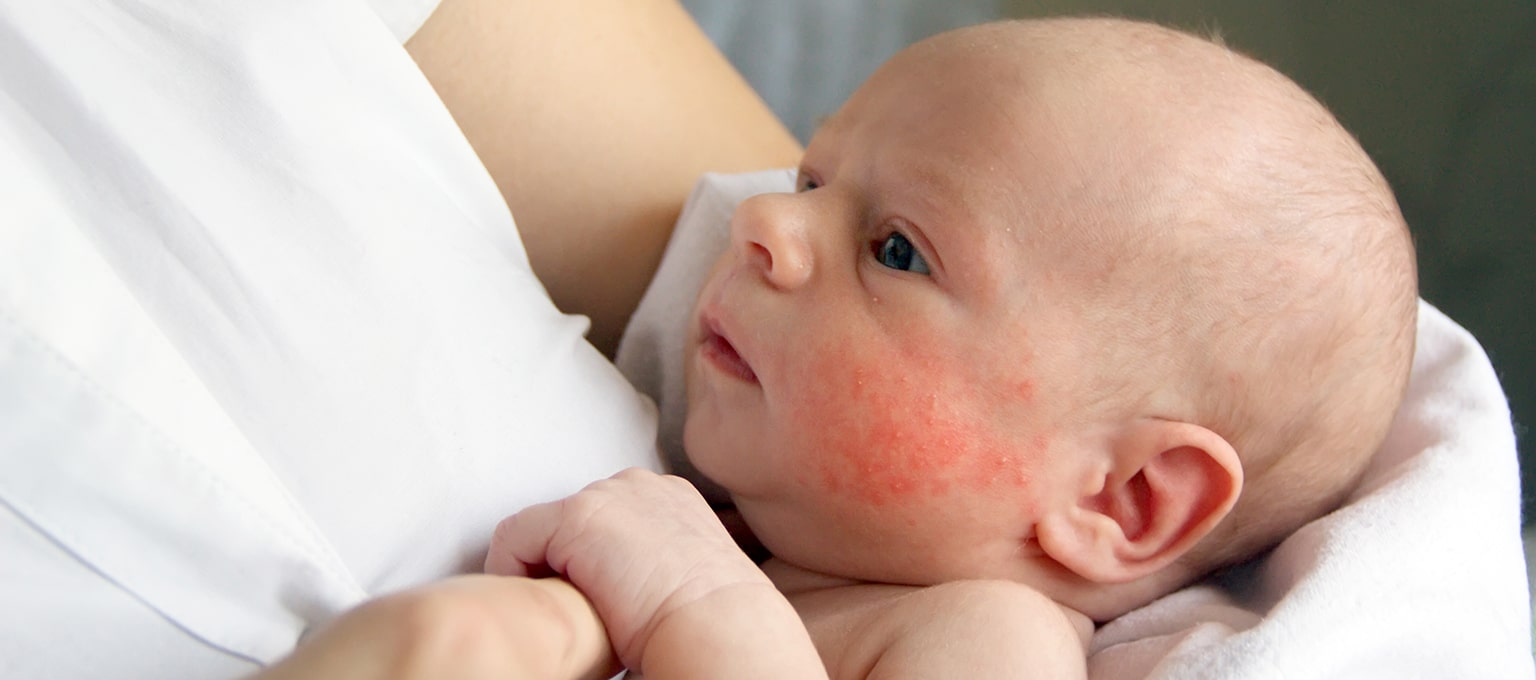



14 Types Of Common Baby Rashes Pampers
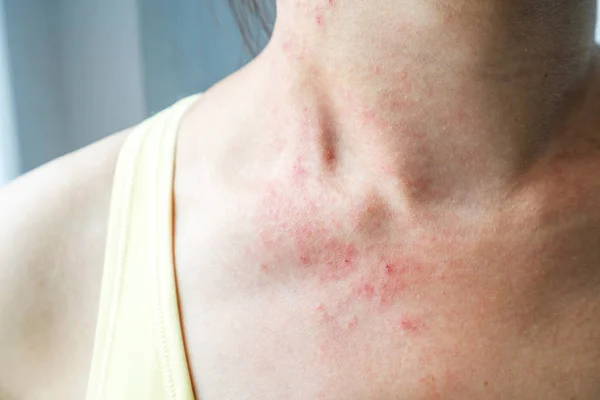



141 Roseola Stock Photos Free Royalty Free Roseola Images Depositphotos
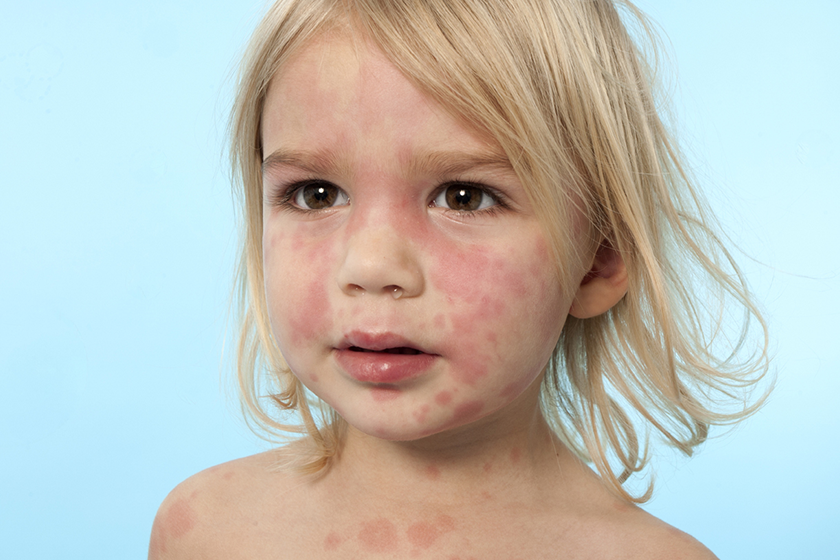



10 Common Childhood Rashes Baby Gooroo




Exantema Subito Roseola O Sexta Enfermedad Una Infeccion Benigna Pero Que Asusta
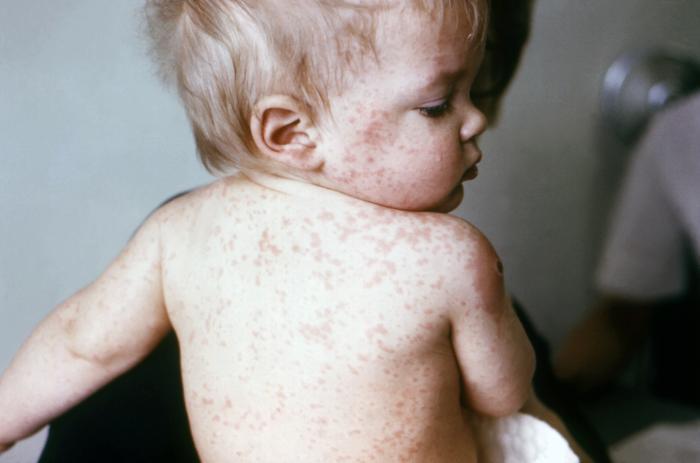



Exantema Subito Observaped




Roseola Em Bebes Sinais E Sintomas Youtube
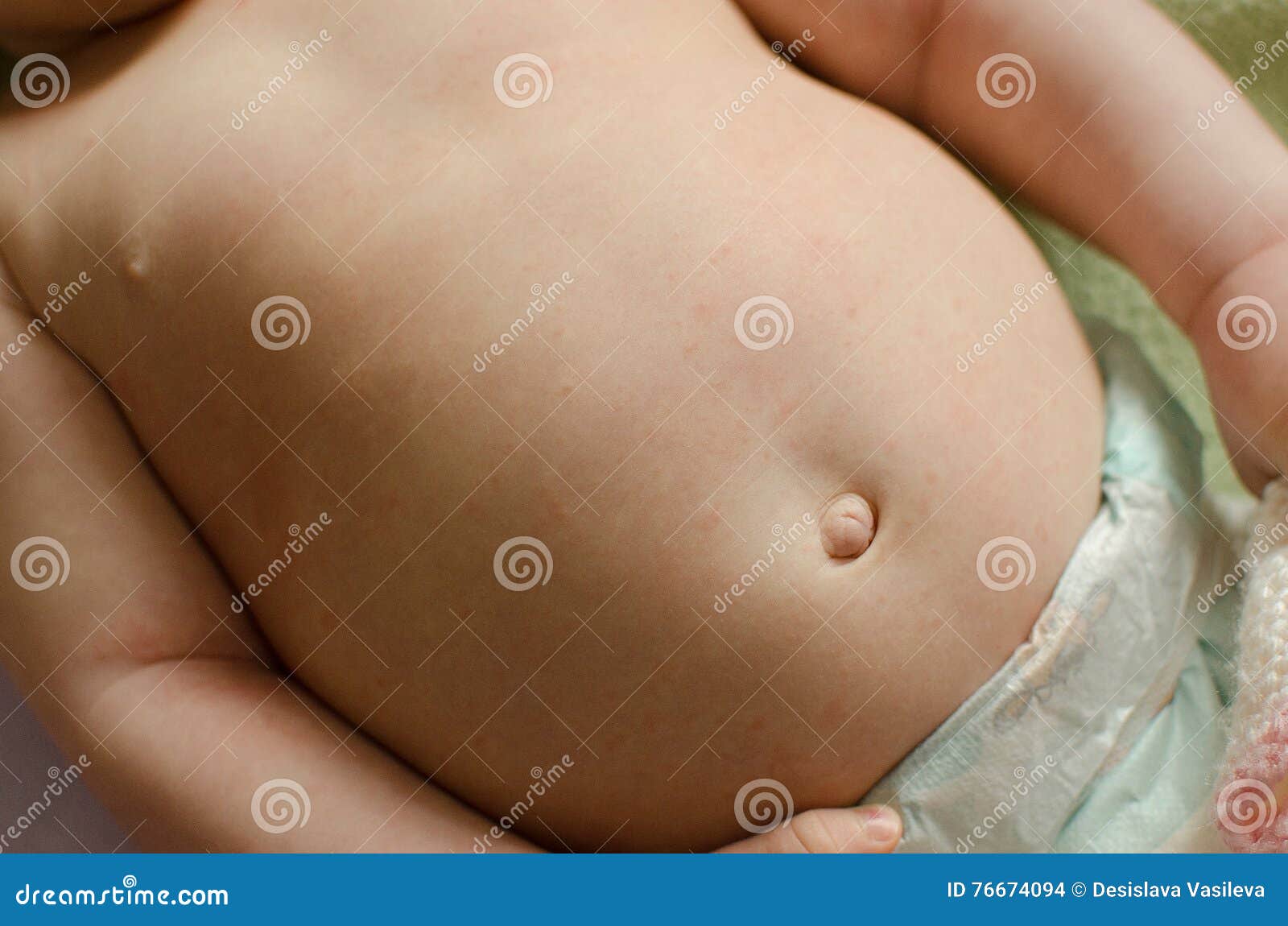



Infantum De Roseola Photo Stock Image Du Rubeole Humain
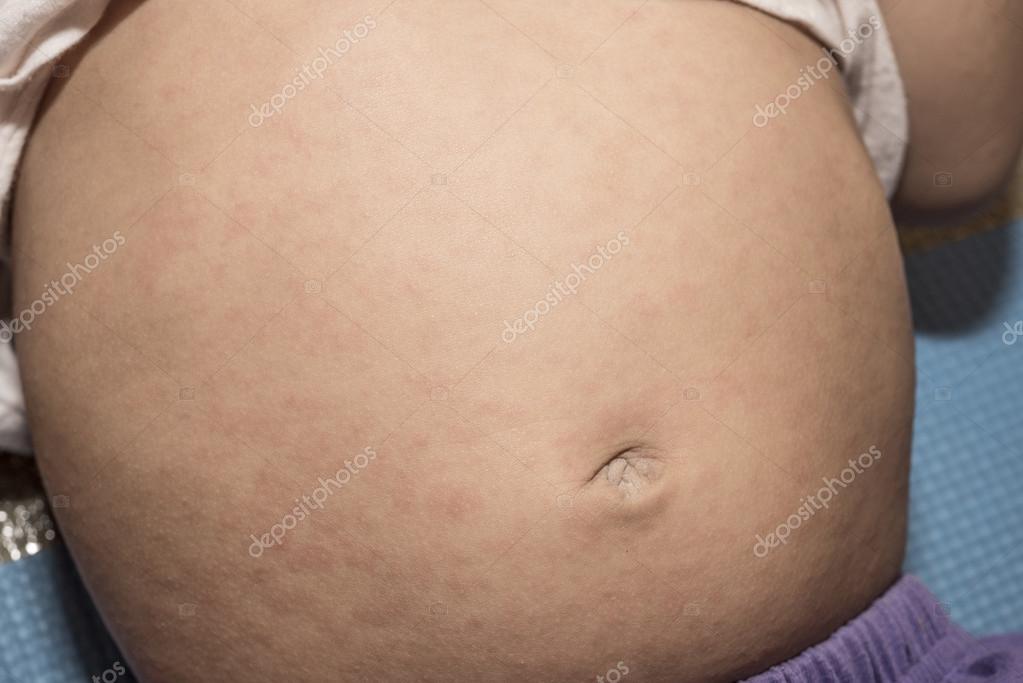



Exanthem Subitum Roseola Infantum Sixth Disease Seudo Rubella Baby Sick Royalty Free Photo Stock Image By C Embasy




Roseola Wikipedia
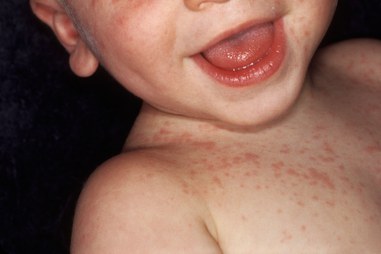



Roseola Liberal Dictionary




Chickenpox In Babies Symptoms Treatment Complications Prevent




Thaeme Revela Que Sua Bebe Esta Com Roseola E Faz Alerta Aos Pais
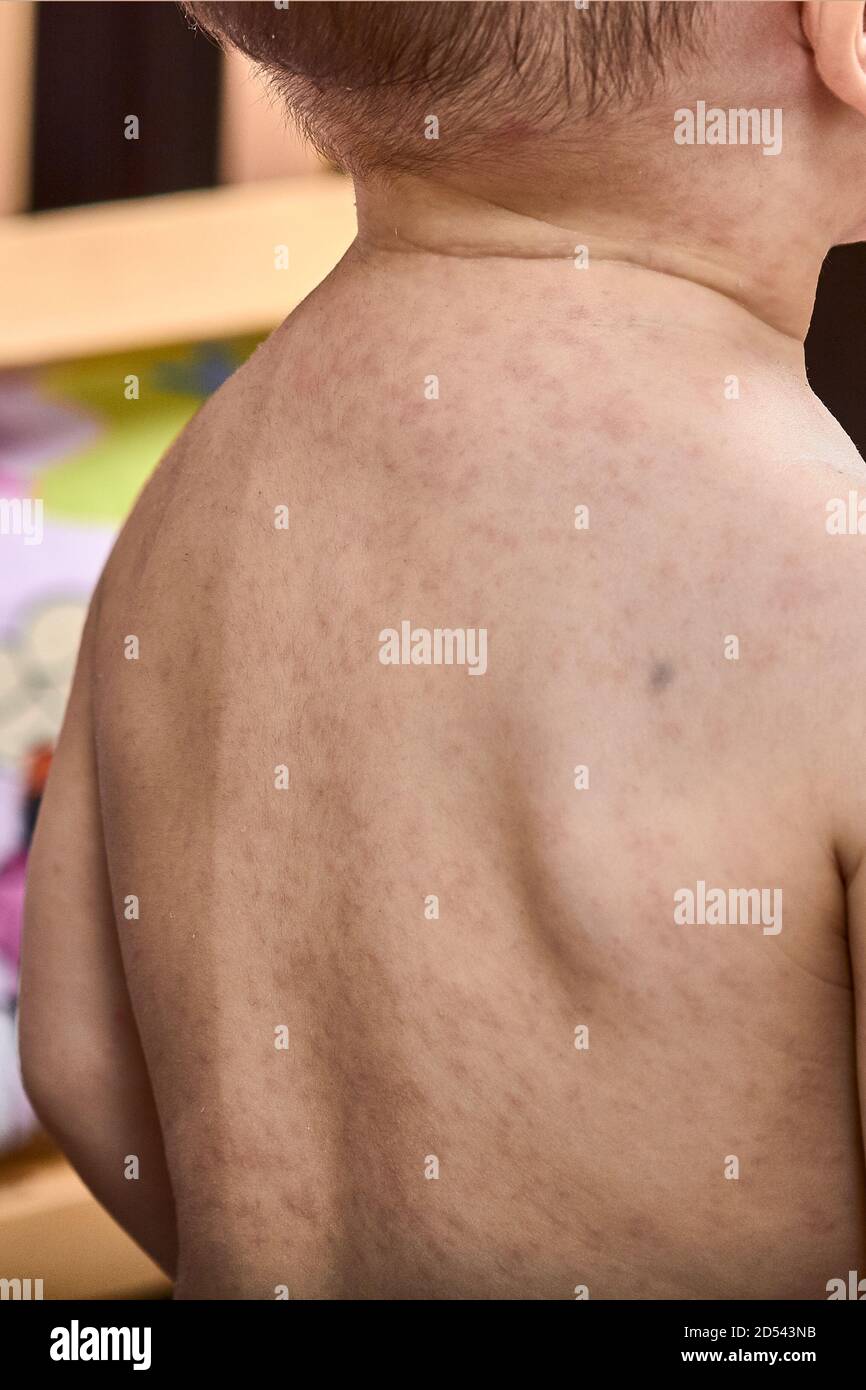



Viral Rash High Resolution Stock Photography And Images Alamy
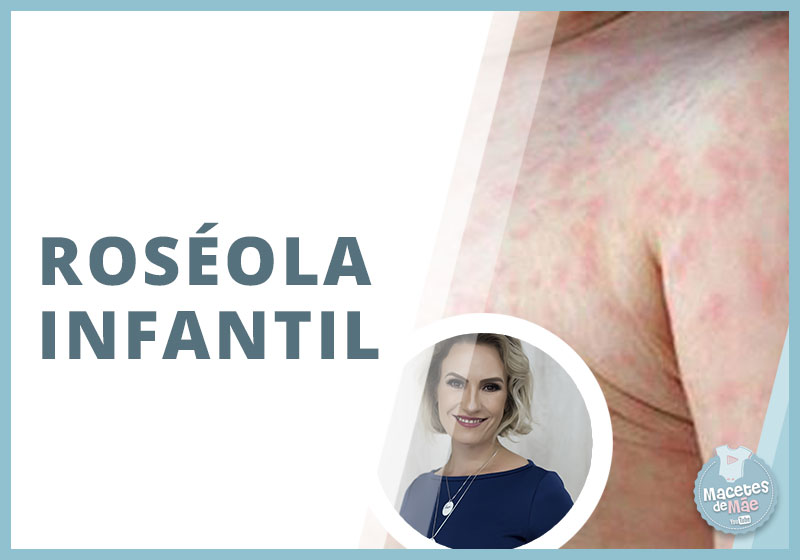



Roseola Infantil Sinais E Sintomas Macetes De Mae




Roseola Babycentre Uk




Roseola What New Parents Need To Know Banner Health




Exantema Subito Roseola Infantil O Sexta Enfermedad Faros Hsjbcn




Roseola
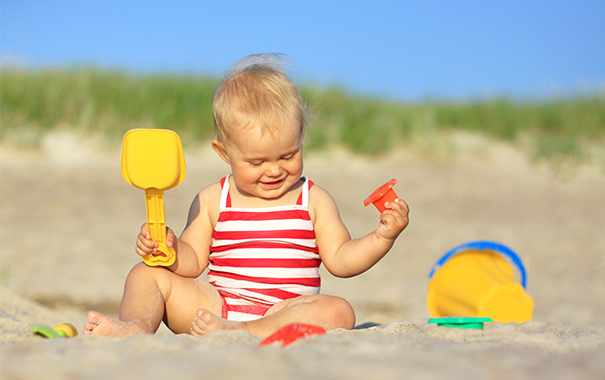



Roseola Infantil Senales Sintomas Y Tratamientos Pampers




O Que E Roseola Em Bebe Saiba Tudo Blog Outlet Baby




Hashtag Roseola Auf Twitter




Roseola Nao E Grave Mas Cuidado Com A Febre Hospital E Maternidade Santa Joana




Roseola Imagenes Fotos De Stock Y Vectores Shutterstock




Roseola Club De Bebes Julio 18 Babycenter




76 Roseola Stock Photos Pictures Royalty Free Images Istock
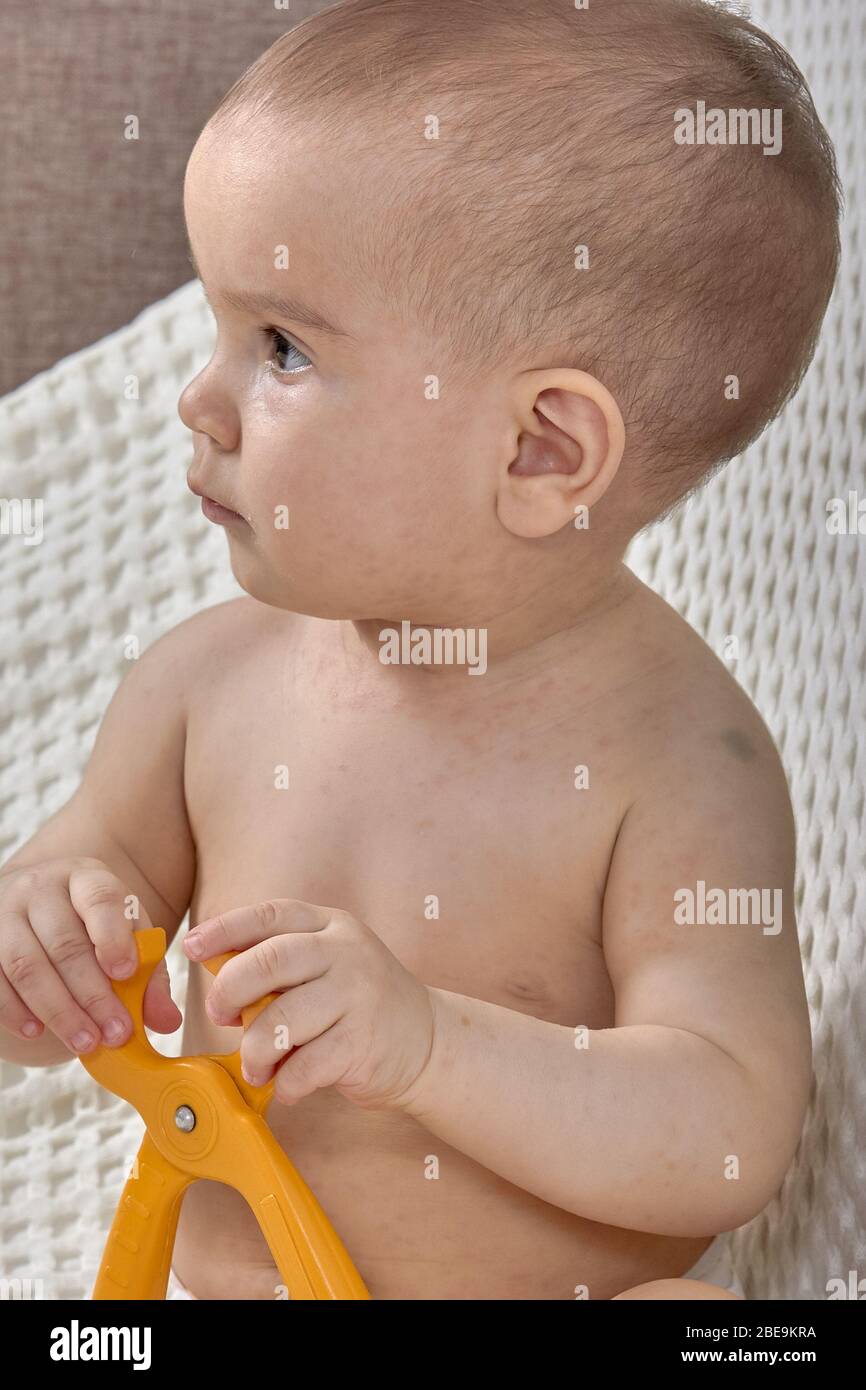



Roseola Virus Fotos E Imagenes De Stock Alamy
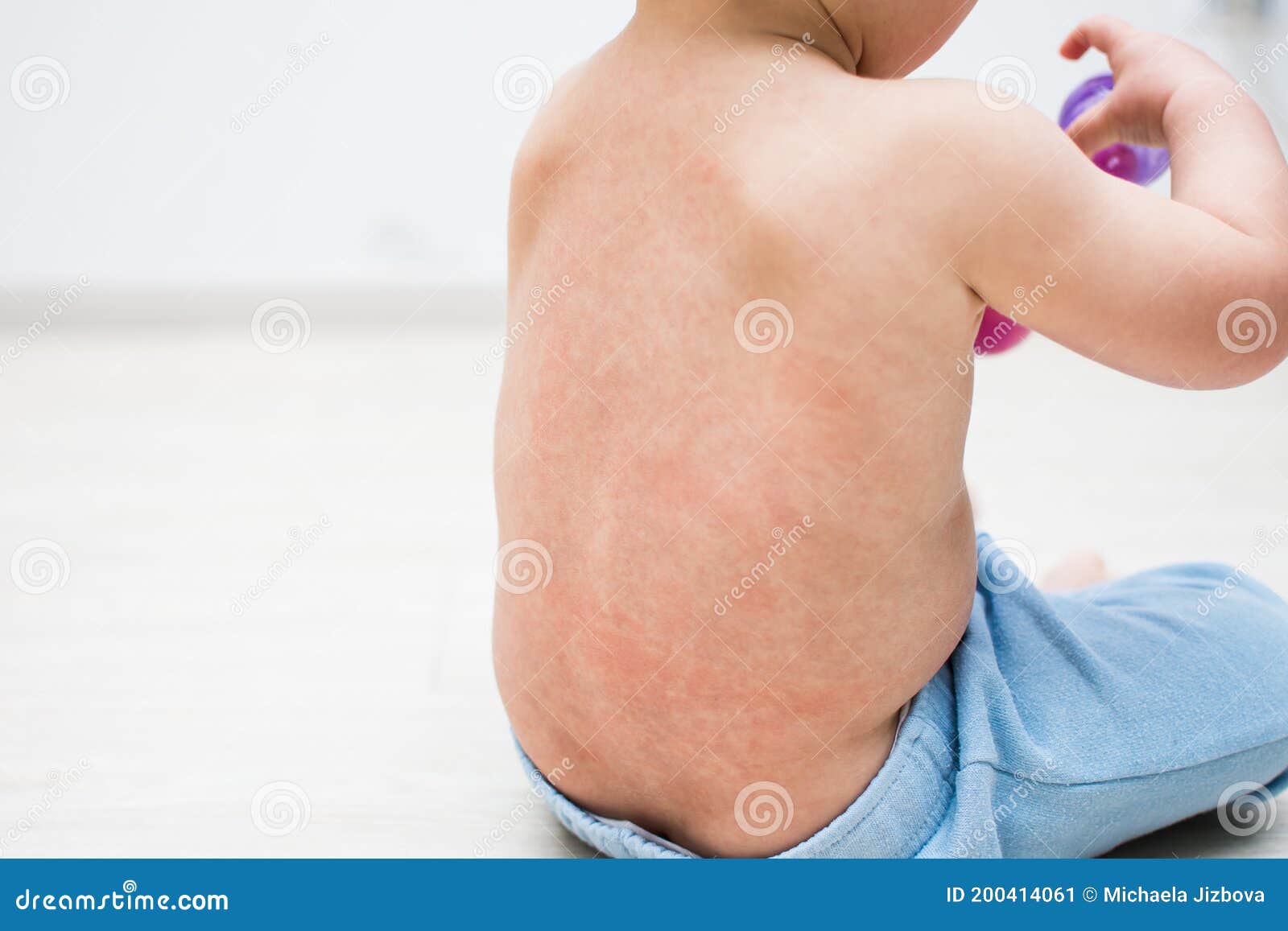



2 924 Rash Baby Photos Free Royalty Free Stock Photos From Dreamstime




Roseola Em Bebes Sinais E Sintomas Youtube




Roseola Imagenes Fotos De Stock Y Vectores Shutterstock




Enfermedad Roseola En Bebes Significado Sintomatologia Y Curacion




141 Roseola Stock Photos Free Royalty Free Roseola Images Depositphotos




La Roseola O Sexta Enfermedad Mi Experiencia Trucos De Mamas




76 Roseola Stock Photos Pictures Royalty Free Images Istock




Roseola O Exantema Subito Que Es Y Causas Bebes Y Ninos




76 Roseola Stock Photos Pictures Royalty Free Images Istock




Roseola Virus April 18 Birth Club Babycenter Canada



Roseola Una Infeccion Comun En Pequenos Subebe




Clinica Pediatrica Pro Baby O Bebe Comeca A Chorar Alto Demonstrando Estar Com Algum Incomodo E O Termometro Logo Aponta Uma Temperatura Corporal Que Pode Chegar Aos 40ºc A Causa Pode




Eritema Infeccioso Pediatria Manual Merck Version Para Profesionales




Dermatite Archives Pediatria Descomplicada




76 Roseola Stock Photos Pictures Royalty Free Images Istock




Outbreak Of Roseola In Babies Increased During Pandemic Study Finds Olhar Digital




Roseola Infantum Corps Sixieme Maladie Eruption Peau Bebe Couvert Girl Roseola Canstock




Roseola En Bebes Y Ninos Pequenos Que Es Sintomas Y Tratamiento




Roseola Infantil Ou Exantema Subito




Rubeola Sintomas Y Causas Mayo Clinic
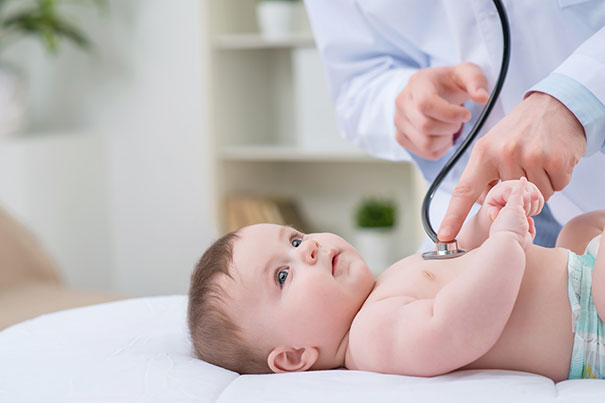



Roseola Signs Symptoms And Treatment Pampers Ae




La Roseola O Exantema Subito




Roseola Infantum Children S Health Issues Msd Manual Consumer Version



Q Tbn And9gcrlbzqon3caaneins1zu7 V Dgg6bc7oxubkjkzspfhkhjfc7ub Usqp Cau



1
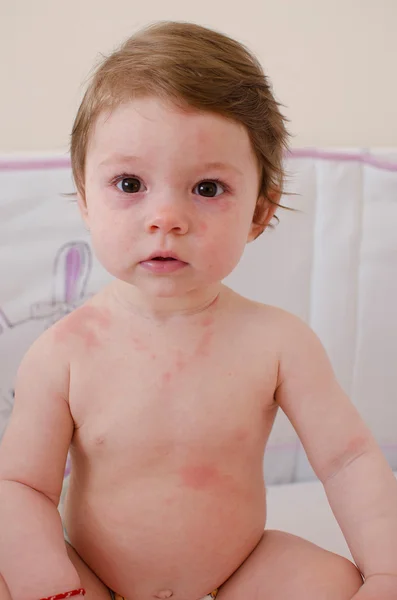



141 Roseola Stock Photos Free Royalty Free Roseola Images Depositphotos




Roseola Hemos Estado Alergia Y Pediatria Tijuana Facebook




Viral Rash Types Symptoms And Treatment In Adults And Babies




Roseola




Roseola How To Soothe Sixth Disease Symptoms Dr Axe




Sintomas De Roseola Bebes Y Ninos




Diferenca Entre Rubeola E Roseola Manual De Uma Mae




Common Baby Skin Conditions Causes Symptoms And Treatments Mustela Usa




The Devil Is Roseola And How I Survived It Jo Lauren
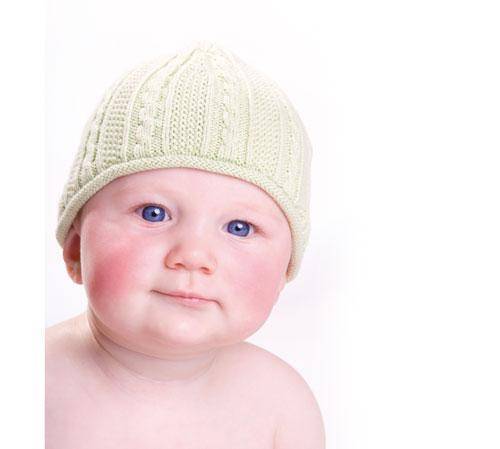



Roseola Infantil O Sexta Enfermedad Todopapas
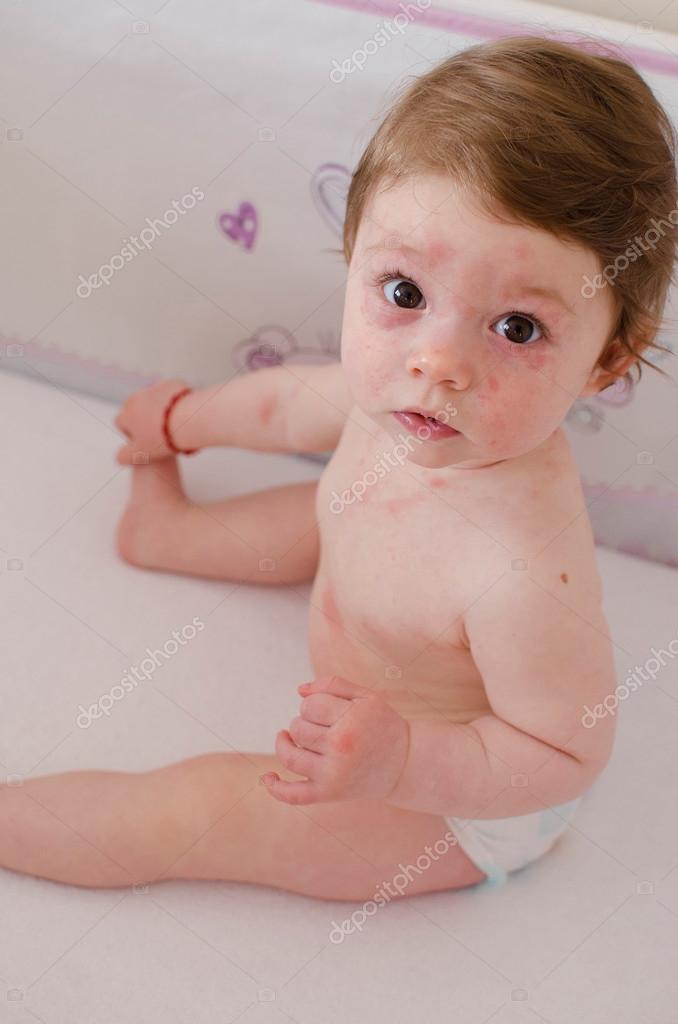



141 Roseola Stock Photos Free Royalty Free Roseola Images Depositphotos




Exantema Subito Enfamilia




Roseola En Bebes Todo Lo Que Debes Saber Canalsalud



Exantema Subito O Roseola Del Lactante Puleva Salud




Fever Child Roseola Antipyretic Symptom Sleeping Baby Comics Baby Announcement Card Food Png Pngwing
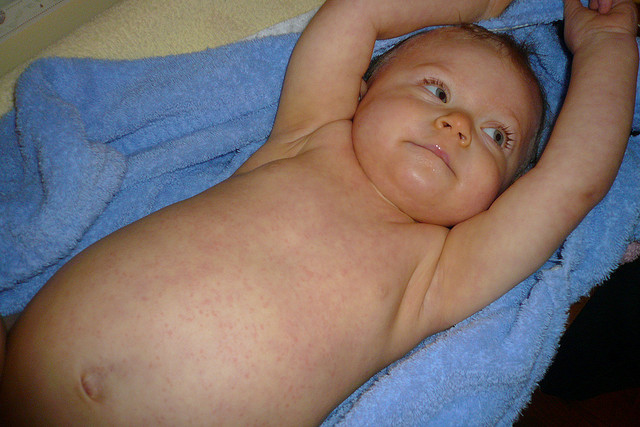



Roseola Infantil Voce Sabe Identificar Famivita Pt




Prima Boală Care M A Speriat Teribil Roseola Infantum Combinată Cu Primii Dințișori




The Devil Is Roseola And How I Survived It Jo Lauren




Erupcion Roja En La Piel Del Bebe En El Pecho Roseola Infantil Exitema Subitum Erupcion Por Rosa En Infantes Sexta Enfermedad Sarampion Bebe Fiebre De Tres




Exanthema Photos Free Royalty Free Stock Photos From Dreamstime




Roseola Hd Stock Images Shutterstock



Aucun commentaire:
Publier un commentaire